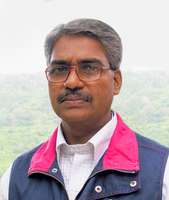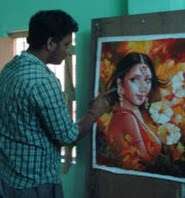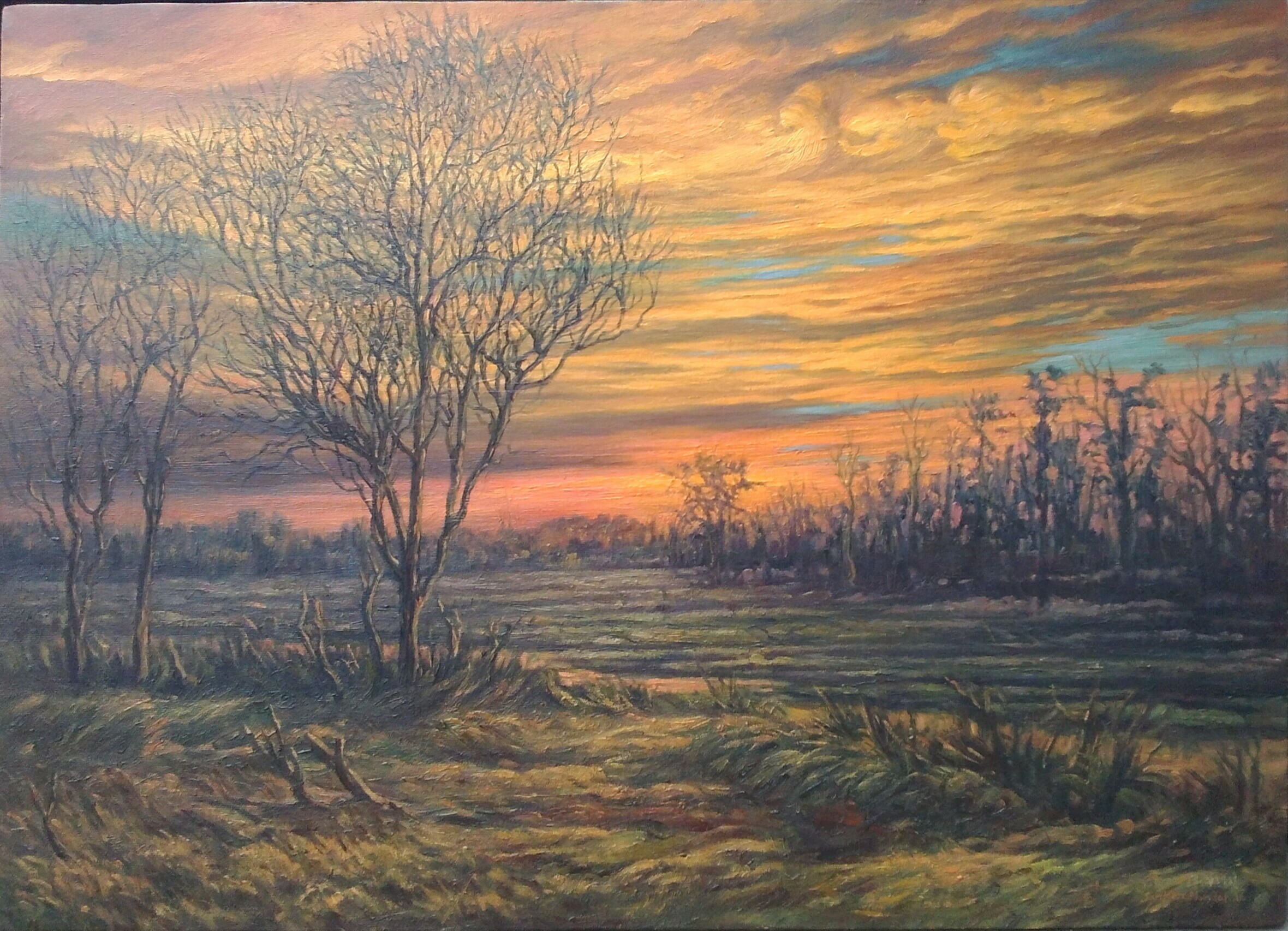
“Landscape Painting is the exploration of the unseen world through the creative brilliance of men.”
Indeed! No one can resist himself or herself from the charm of landscape art. Ever since the dawn of civilisation, it has been a pursuit of mankind. In fact, the way these paintings amaze an onlooker is unparalleled to any other art genre. Each of such paintings is a unique blend of animal, man, abode and the terrain. This art genre, in particular, is known for adding vibrancy and for filling the lack of outer view wherever it is hanged.
However, the more fascinating an artwork is, the more is the amount of effort it takes. In actuality, there are a lot of intricacies that require patience and a steady and firm hand. If you are an artist, you know there is always a room for improvement no matter how perfectly you work. Nevertheless, have you ever witnessed such a painting that has looked so real that it has made you feel as if you can walk into it? The kind of painting which makes you feel like the artist has poured some magic onto the canvas to lure you into the world of paint. Though you might have had felt like the artist is a magician, he is not. Moreover, it’s a skill, a technique which he has honed with time and practice. It just takes a series of techniques for them to create a painting as real as a picture. These techniques are the ones which every artist should follow in order to attract more art appreciators towards their work.
Hence, in this blog post, we list six indubitable techniques to increase the depth of the landscape artworks you create. Take a look.
• Layer and Overlap Carefully-
This technique makes use of lighting to create depth in the subject of the paintings. Overlapping and layering can be done using different shades of a particular color to show contrast. When you want to make an object in a painting look realistic, you should use this technique as it gives an added contrast to separate the objects from each other. Ideally, the darker shade of the color should be used to create depth and the lighter shade to give the illusion of light falling on the object.
• Make the S Curve -
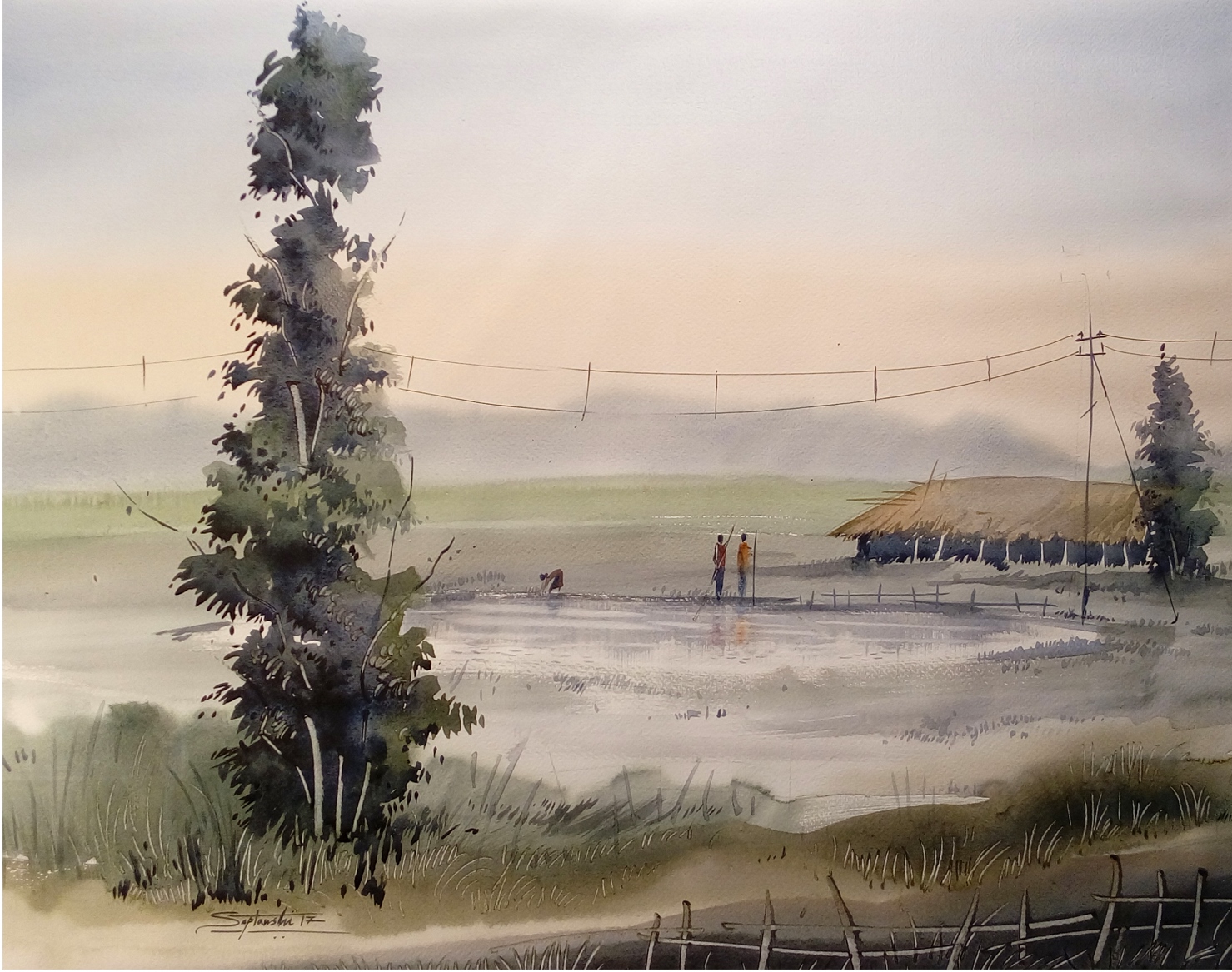
It is imperative for you to stick using this trick religiously in each of his paintings in some way or the other. All that you need to do is to make S curve in some form or the other. The curve should be evident so that it can catch the attention of the onlooker. Moreover, the curve can be made in the form of a river or a walking pathway. This technique helps in moving the eye of the viewer and thus helping the artist to make the viewer’s gaze at the painting for long.
• Use Diagonals-
In your composition, make use of diagonals. For instance, you can use colors to show light falling on different adjacent on the ground of the landscape art. This technique not only helps one in creating depth but also in making the distance apparent. You can show smoothly rolling waves and light falling on it accordingly.
• Show Aerial Perspective-
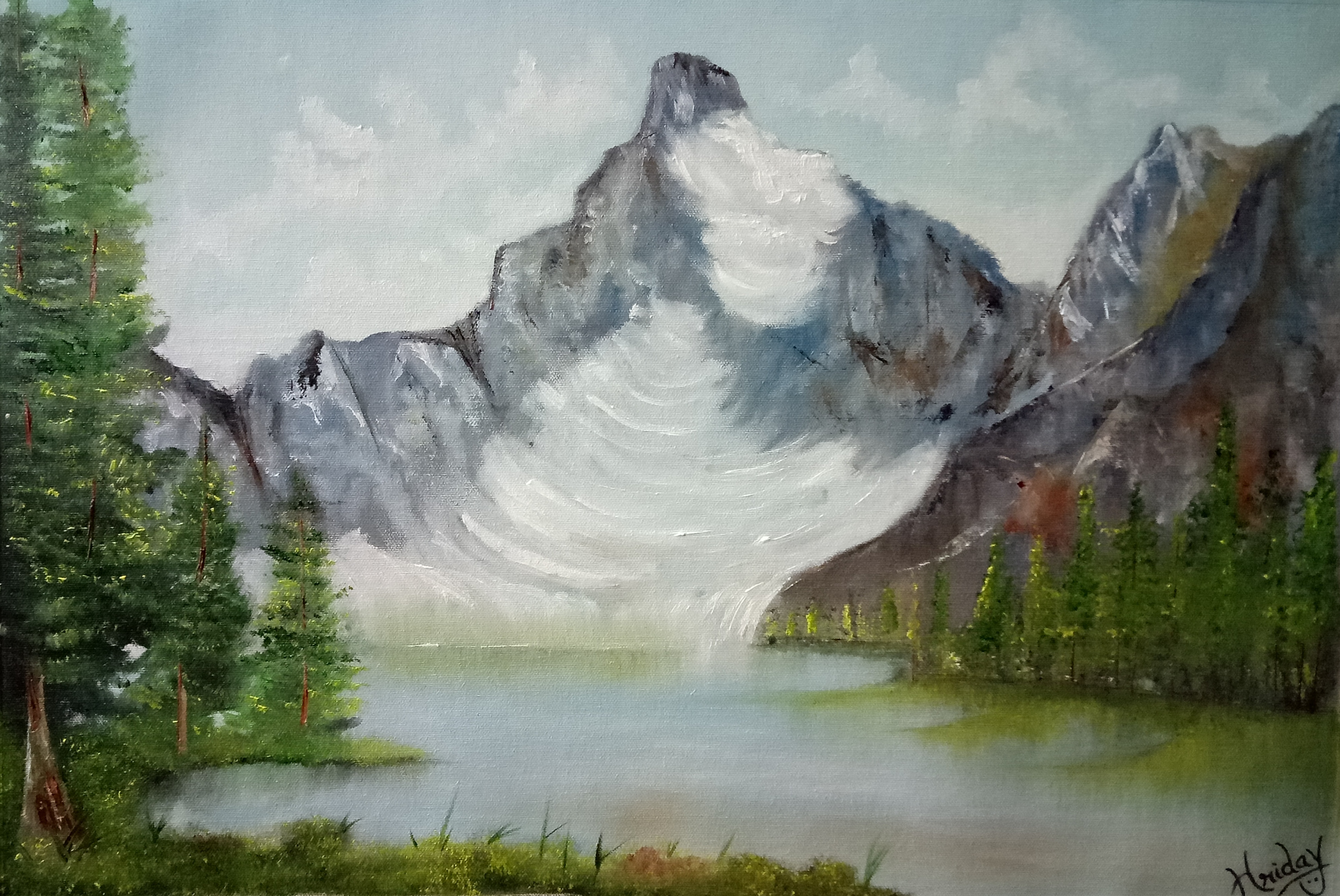
Have you observed the optical effect that the atmosphere creates on faraway objects, say Mountains? Aren’t the mountains that are farther way more bluey, hazy and light? This phenomenon is known as aerial perspective. To transfer the same onto the canvases of your landscape art, you should use shades of cool toned colors. Besides, warm colors are preceding cool colors as they are more eye-catching, so you can use them as well to separate one mountain from the other.
• Increase the interest-
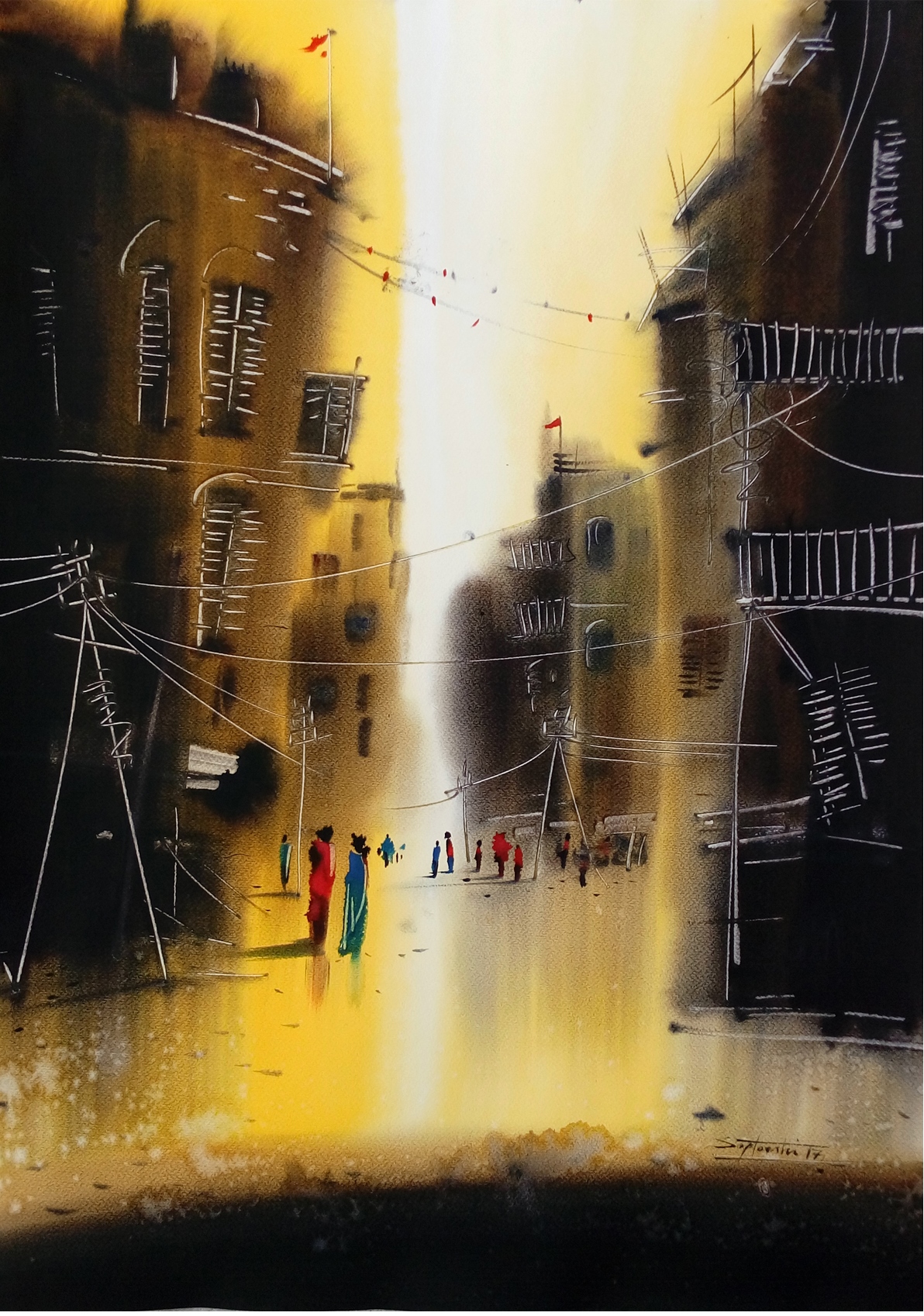
When you are showcasing a scenery, the subject that you draw from a far-off distance looks flat. In order to eradicate this problem, you should include an interesting subject in the foreground. This will make the distance from the farther object understandable. This makes the gazer look at the subjects and their depth and thus creates interest in their mind. In addition to this, fewer details should be done in the background and more in the subjects.
• Change the size-
Showing the change in the size of the subjects is also a powerful technique to make your landscape paintings stand out. Make them descending away from the viewer.
Hopefully, this post will help you in creating more realistic landscape art. You can also put paintings for sale online if you want to sell paintings fervently. Keep discovering new techniques and let us know if we have left out on any in the comments section below.











